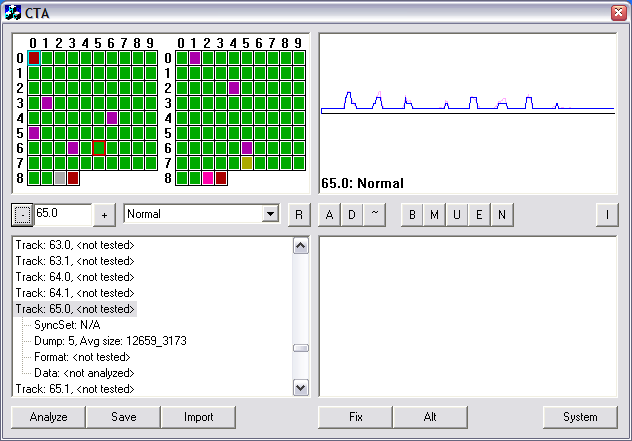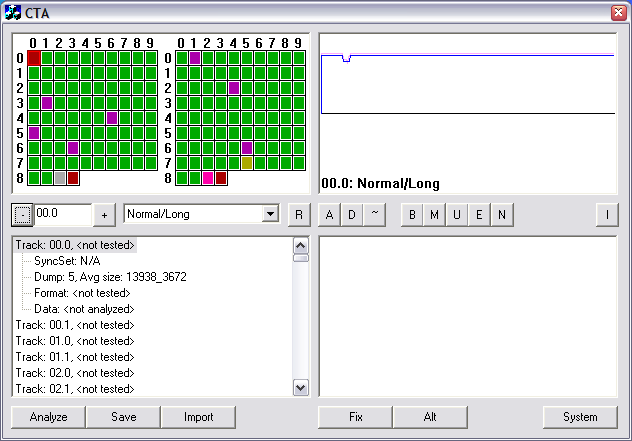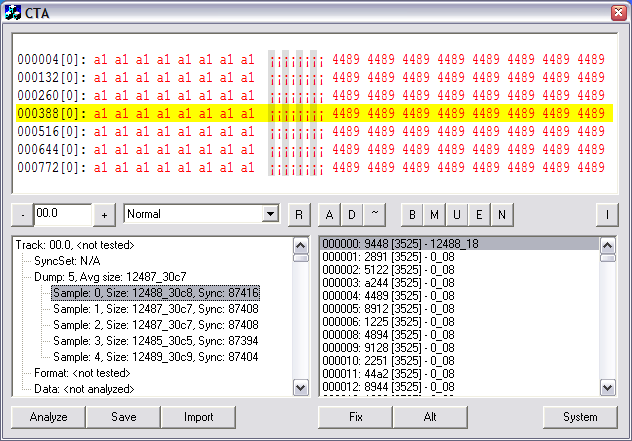KryoFlux - Write support is here and coming to you!
2010-11-12
We’re closing the circle and we’re wearing our roller skates. After nearly ten years of preserving software and getting it off the media, we’re ready to write it back – thanks to KryoFlux even more precise and pristine than possible in the 1980s and 90s.
Making sure the hardware would function as expected (actually writing data to disk) was important to us and one of the reasons the first batch of KryoFlux boards got into production a bit late in early September. Now, two months later, we feel it’s time to let you know that we’re testing things internally and will move on to closed beta in early December. Be sure to be registered on our forums (forum.kryoflux.com) if you wan to participate. Our plan is to roll out our DiskTool Console (DTC) application with write support as a Christmas present to all our early birds that were willing to invest into KryoFlux knowing that it was read-only for the time being. Thank you all for your trust and support! It is very much appreciated by the whole team. We mean it!
We will be supporting IPF files at first (yes, including all those weird and nasty custom formats) and add standard sector writing (.ADF, .D64., .IMG etc.) very shortly after. Why not start freestyle and then continue with the compulsory exercise?
I’d like to point out that while we are pulling all strings to make it happen, we’re still commited to quality. Therefore we will not push out something that’s known to be problematic but could be made better in just a few days.. And please be aware: Writing precise patterns to disk requires a quality floppy disk drive. We have found that some drives have a terrible amount of unpredictable jitter that can’t be compensated for in software. Therefore... if you want to drive at 250km/h, make sure you have the right tyres!
UPDATE 2010-12-27: We’re still at it. But you might want to try DTC for Linux and the GUI. Both have been released today.
What’s the best story without pictures? Here you go:
This is a standard DD disk, AmigaDOS format, and it’s showing some jitter that is pretty standard given the precision home computer equipment can achieve when writing disks. Note the track (Cylinder 65.0) is 12659 bytes in size.
This is a so called long track (Cylinder 0.0: 13938 bytes in size), written with KryoFlux. Please note the very precise density line, which only shows a small notch (which btw is the write splice). The rest of the disk is untouched and was formatted in an Amiga.
In case you want to annoy a copy program like X-Copy, try a track like this. It’s very precisely filled with $4489 only, the sync word used by MFM recording.
And since many will be asking now... yes, the next batch of boards is in production and will be available on the KryoFlux Web Store in late December or early January. Registered users from the mailing list will be given the chance to place a pre-order soon.
![[logo]](/lib/tpl/sps/layout/header-logo.png)
![[motto]](/lib/tpl/sps/layout/header-motto.png)



